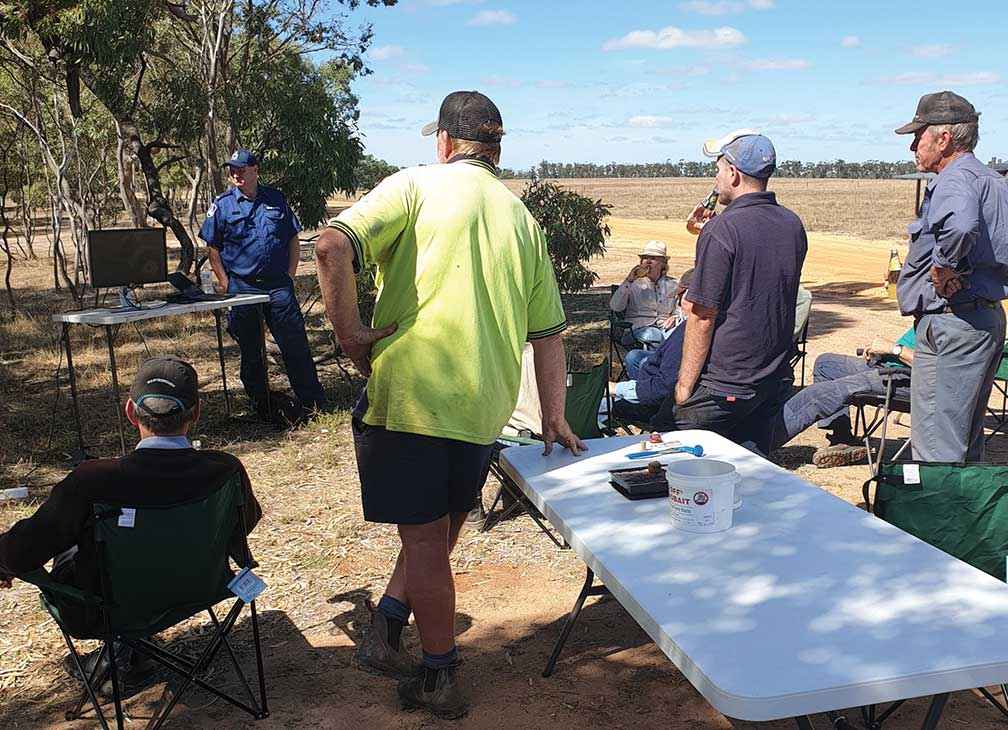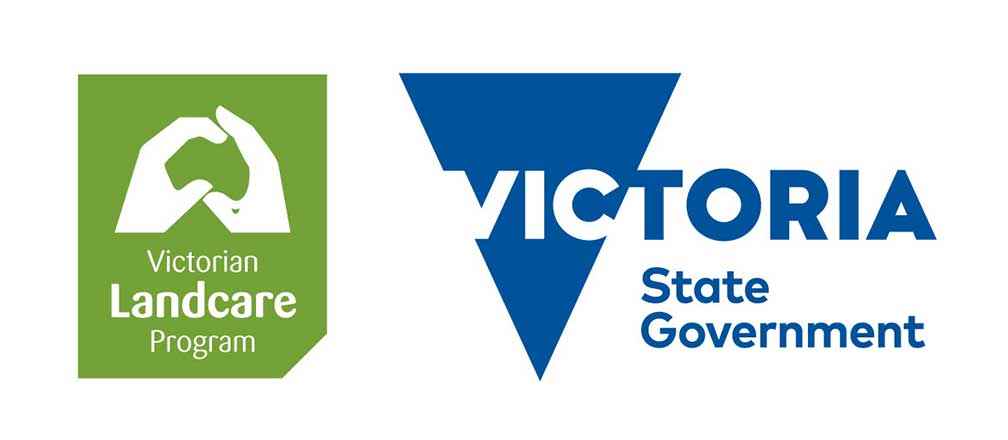Victorian Landcare Magazine - Spring 2021, Issue 82
This award is made to an outstanding Landcare network that has fostered sustainable land use through the adoption of improved land management practices to protect, enhance or restore a significant area on behalf of the community.
The Buloke and Northern Grampians Landcare Network (BNGLN) stretches from Natte Yallock in the south east, north to Wycheproof, across to Birchip and south to Callawadda. There are 20 member groups under the direction of a steering committee.
According to BNGLN’s part-time Landcare Facilitator, Andrew Borg, Landcare is vitally important for local communities, because of the sense of purpose and hope it provides for residents.
The home of Landcare in the region
“Our area is large and quite remote. It’s mainly a broad-acre farming community with a fairly low socio-economic status. The BNGLN has been the home of Landcare for 35 years now. That’s a long history of caring for the land, educating
the community, and seeking innovative ways of ensuring environmental stewardship in the region.
“We take a holistic approach to the environment. Our actions encompass a variety of smaller projects, all contributing to ensuring that our communities understand the environmental assets we have around us, and why it is vitally important to protect them,” Andrew said.
In 2018 BNGLN began working with its member groups to develop a comprehensive strategic plan. The plan is used as the basis for all on-ground works and planning. It informs individual project briefs and forward work plans. These plans detail a range of ‘shovel-ready’ projects that can be further developed when funding is available.
All BNGLN planning uses a risk management approach which means decision making is based on identified opportunities and risk factors. The Landcare Facilitator and steering committee operate a risk log to identify, review and manage each risk. Management software keeps track of the master schedule for all activities including budgets. This is reviewed fortnightly and communicated through the Landcare Facilitator’s monthly activity report. Quarterly, six-monthly, and annual meetings are conducted between the steering group and Landcare Facilitator to discuss progress and make any changes.
Scorecard assessments assist project planning
Overall progress against the objectives of the strategic plan objectives are measured and presented at each committee meeting through a scorecard assessment which shows whether an activity is achieved, on track, planned, on hold or at risk.
Andrew Borg believes these processes have been of great benefit to the network.
“We are communicating better and have streamlined our information loops and schedules. Improved planning, ease of project reporting, evaluation and acquittal means we are able to prepare better grant applications. Ultimately this means the network is in a stronger position to get projects completed and to increase group capacity and skills,” Andrew said.
2020 was a challenging year for community projects, yet BNGLN coordinated 28 re-vegetation projects which saw 20,032 seedlings established across 32 hectares of the region.
Each project included landscape and biodiversity assessments and educating group members and landholders about
the environment.
Two new groups were recently established. The Kara Kara Regenerative Agriculture Group was created by the network at the request of local farming communities with a focus on soil health and biodiversity. Friends of Blue Gum Rise will work on a captive breeding program for squirrel gliders which have not been sighted in the BNGLN area since 1996.
Network members also attended two rabbit management workshops which resulted in approximately 7000 hectares of both private and public land being surveyed to develop ongoing rabbit management treatments. Throughout the network area biodiversity surveys were completed, invasive weeds were treated, erosion scours were fixed, and rubbish removed from waterways and bush areas.

Above: Completion of the Coonooer Bridge Community Hall Revegetation Project by local families in August 2020.
A biodiversity focus
Regional biodiversity has been a focus activity for the network. Multiple biodiversity mapping surveys have been undertaken and in 2020 BNGLN contributed to the Great Southern BioBlitz project – a biodiversity mapping project for all countries in the southern hemisphere. The BNGLN was amazed to finish in the top 25 – behind much more populous areas including Cape Town, Sydney, Melbourne, Buenos Aires, and Lima.
Photographs of the region’s precious flora and fauna, including several endangered species, were shared with thousands of other participants and groups in the southern hemisphere.
The BNGLN has solid partnerships with Landcare Victoria Inc., DELWP, North Central CMA, Northern Grampians and Buloke Shires, Agriculture Victoria, Victorian Rabbit Action Network, 15 Trees, and the Victorian Field Naturalists. The network has also engaged with community organisations including Charlton Neighbourhood House and the St. Arnaud Community Centre.
The last 18 months has presented some significant challenges to the network. Many of the BNGLN volunteers are involved in the CFA and were away for long periods fighting the 2019/2020 bushfires. Restrictions imposed by COVID-19 meant some on ground activities had to be cancelled and the network moved many of its meetings and forums online.
Andrew Borg believes the difficulties have highlighted the need for community resilience and for positive relationships with the natural environment.

Above: Partnering with Agriculture Victoria and Northern Grampians Shire to develop a community Rabbit Action Plan at Walkers Lake in 2021.
“The bushfires and the pandemic have been the catalyst for many individuals to identify, evaluate and isolate the things that are really important to them – family, community, the area in which they live. The network used this community sentiment to attract new volunteers.
We had a 12 per cent increase in membership which saw us planting more than 30 per cent more seedlings than we had originally planned. We used social media to reach out to people, created a new website and an Instagram page to share information and photographs of our projects.
“It’s not uncommon for individuals to feel a sense of helplessness during adverse events. Landcare is uniquely positioned to make an overwhelmingly positive contribution to the wellbeing of individuals and the community. Restoring and protecting the natural environment encourages a feeling a mateship and connection,” Andrew said.
Despite challenging circumstances, the BNGLN continues to demonstrate leadership and capacity to care for the environment, while effectively engaging its communities. It’s a network that leads by example.

Above: Sponsors' logos for this Landcare Award